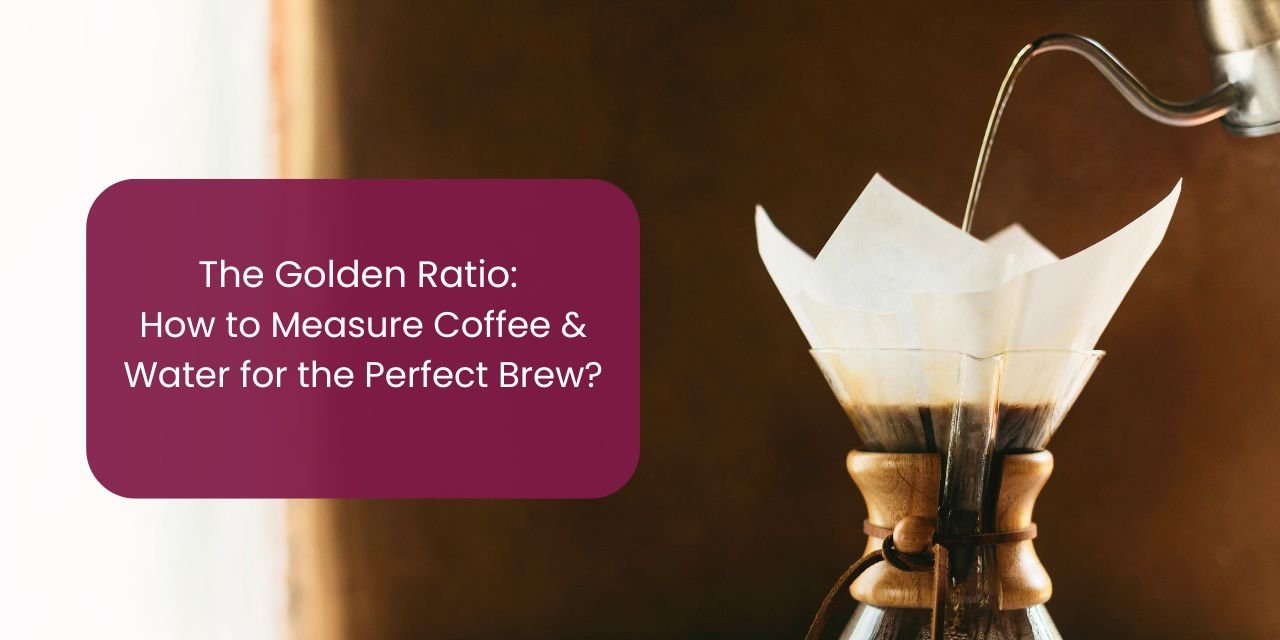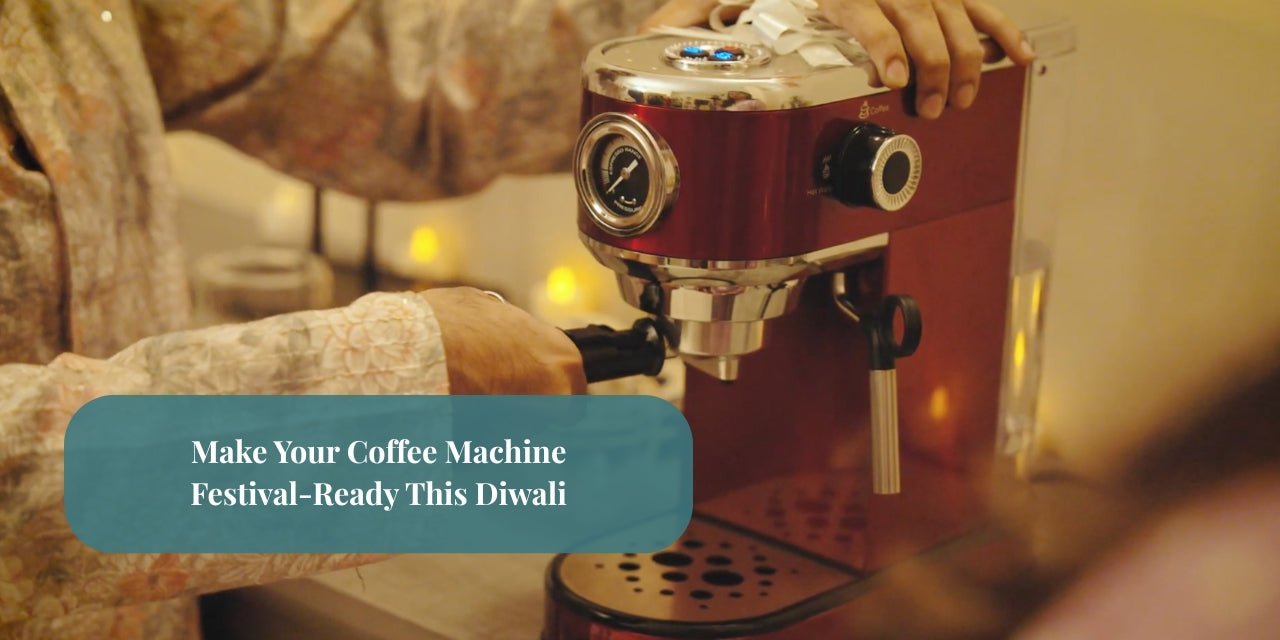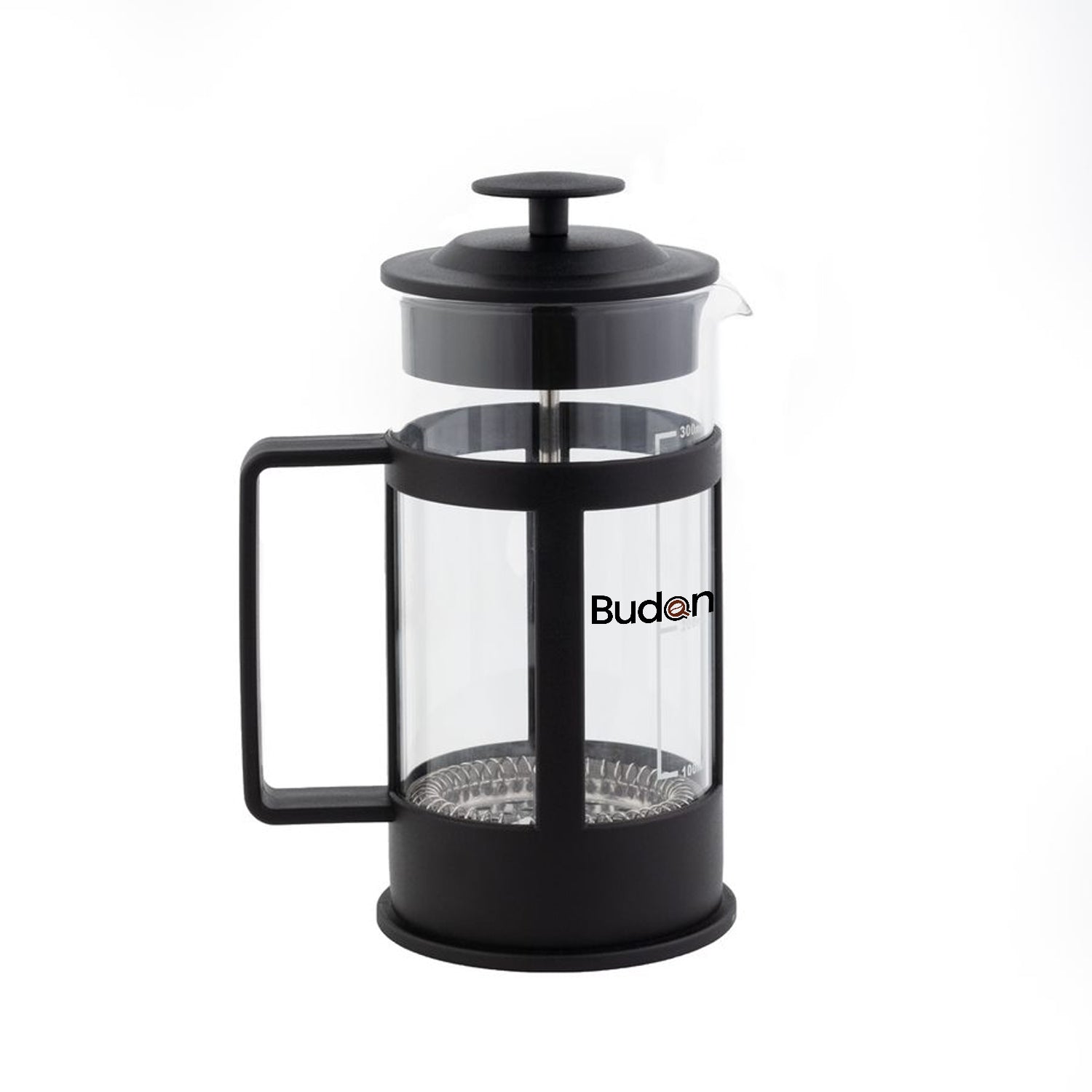Every coffee enthusiast has heard the saying: coffee is equal parts science and art. While creativity plays a role, one principle stands above all for consistency—the coffee-to-water ratio, often called the golden ratio.
Get it wrong, and your brew might turn out weak, sour, or bitter. Get it right, and you’ll enjoy a balanced, flavorful cup that rivals your favorite café. In this guide, we’ll dive into what the golden ratio is, why it matters, and how to use it across different brewing methods to perfect your daily cup.
What Is the Golden Ratio in Coffee?
The golden ratio refers to the ideal balance between coffee grounds and water during brewing. It ensures that the coffee is neither over-extracted (too strong, bitter) nor under-extracted (too weak, sour).
-
General Rule: 1:15 to 1:18 (1 part coffee to 15–18 parts water by weight).
-
This means if you use 20 grams of coffee, you’ll need 300–360 grams of water.
The Specialty Coffee Association (SCA) suggests a standard ratio of 55 grams of coffee per 1 liter of water, which aligns with this golden ratio.
Why the Coffee-to-Water Ratio Matters?
1. Consistency
Measuring coffee and water removes guesswork, ensuring each brew tastes the same.
2. Flavor Balance
The right ratio balances acidity, sweetness, and bitterness in the cup.
3. Adaptability
Once you know the ratio, you can easily adjust your recipe for different brewing methods or serving sizes.
4. Professional Standards at Home
Baristas worldwide rely on this principle, it’s the difference between café-quality coffee and hit-or-miss home brews.
Measuring Coffee and Water Correctly
Many beginners scoop coffee with tablespoons or cups, but this method is unreliable because grind size, density, and roast level affect volume.
The best way is to use a digital scale.
-
Measure coffee in grams.
-
Measure water in grams (1 ml of water = 1 gram).
This eliminates variation and keeps ratios precise.
The Golden Ratio Across Brewing Methods
Different brewing styles require slightly different ratios. Here’s how to apply the golden ratio to popular methods:
1. Pour-Over (Chemex, V60, Kalita)
-
Ratio: 1:16
-
Example: 25g coffee → 400g water
-
Produces a clean, bright cup with balanced acidity.
2. French Press
-
Ratio: 1:15
-
Example: 30g coffee → 450g water
-
Coarse grind and immersion brewing yield a full-bodied cup.
3. Espresso
-
Ratio: 1:2 (different from filter methods)
-
Example: 18g coffee → 36g espresso
-
Espresso uses pressure, so the ratio is tighter for concentration.
4. Cold Brew
-
Ratio: 1:8 (concentrate), then diluted before drinking
-
Example: 100g coffee → 800g water
-
After steeping 12–18 hours, you can dilute 1:1 for a smoother drink.
5. AeroPress
-
Ratio: 1:15 (but flexible depending on recipe)
-
Example: 18g coffee → 270g water
-
AeroPress allows experimentation, from espresso-like shots to clean drip-style brews.
6. Automatic Drip Coffee Maker
-
Ratio: 1:17
-
Example: 60g coffee → 1 liter water
-
Balanced for medium-bodied cups, convenient for daily use.
How Grind Size Interacts with the Ratio?
Even with the golden ratio, grind size plays a crucial role:
-
Too coarse: Water flows too quickly, leading to under-extraction (weak, sour).
-
Too fine: Water lingers too long, leading to over-extraction (bitter, harsh).
Rule of Thumb:
-
Coarse = French press, cold brew
-
Medium = pour-over, drip
-
Fine = espresso, moka pot
Adjusting grind size helps fine-tune your brew even within the golden ratio.
Common Mistakes to Avoid
-
Using Scoops Instead of Weight
-
A tablespoon of coffee can vary from 5–8 grams depending on grind. Use a scale.
-
Not Accounting for Brew Method
-
Espresso ratios differ drastically from drip coffee ratios.
-
Ignoring Water Quality
-
Coffee is 98% water—bad water equals bad coffee. Use filtered water when possible.
-
Overfilling Your Brewer
-
Respect capacity limits of your French press or drip machine; overcrowding ruins extraction.
-
Not Adjusting for Taste
-
The golden ratio is a guide, not a rule carved in stone. Adjust slightly for stronger or lighter cups.
How to Adjust the Golden Ratio for Taste?
Everyone’s taste preferences differ. Some prefer stronger coffee, others lighter. The golden ratio is flexible within a range.
-
Stronger cup: Use 1:15 (more coffee, less water).
-
Milder cup: Use 1:17 or 1:18 (less coffee, more water).
Start with 1:16 as a baseline, then adjust gradually until you find your sweet spot.
Tools to Perfect Your Ratio
-
Digital Coffee Scale
-
Essential for accuracy. Look for one with a timer for pour-over brewing.
-
Gooseneck Kettle
-
For precise pouring in manual brewing.
-
Burr Grinder
-
Ensures consistent grind size, complementing the golden ratio.
-
Brewing Journal
-
Note down your ratios, grind settings, and results. Helps refine your method.
Why Professionals Rely on the Golden Ratio?
In specialty coffee, consistency is key. Cafés can’t afford to serve coffee that tastes great one day and weak the next. By following the golden ratio, baristas deliver uniform quality across hundreds of cups daily.
At home, adopting the same principle means you’ll never suffer from “good cup, bad cup” syndrome again.
Final Thoughts
The golden ratio is more than just numbers—it’s the foundation of great coffee. By balancing coffee and water in the right proportions, you can unlock the full potential of your beans and brew café-quality coffee at home.
Remember:
-
Start with 1:16 as your baseline.
-
Use a scale for accuracy.
-
Adjust based on brewing method, grind size, and taste preference.
Once you master the golden ratio, every cup becomes predictable, balanced, and deeply satisfying. Coffee will no longer be just a caffeine fix—it will be a crafted experience.


























